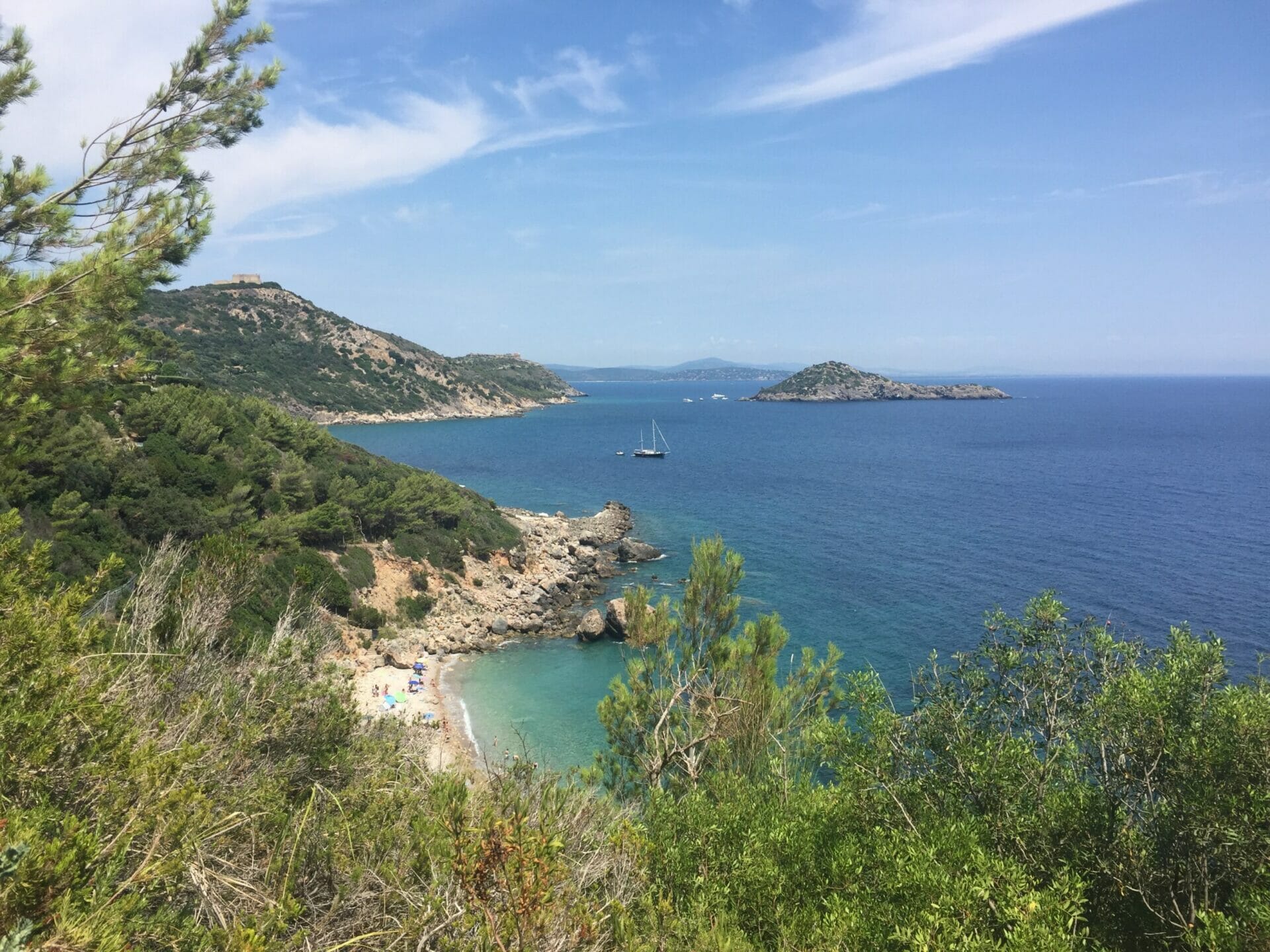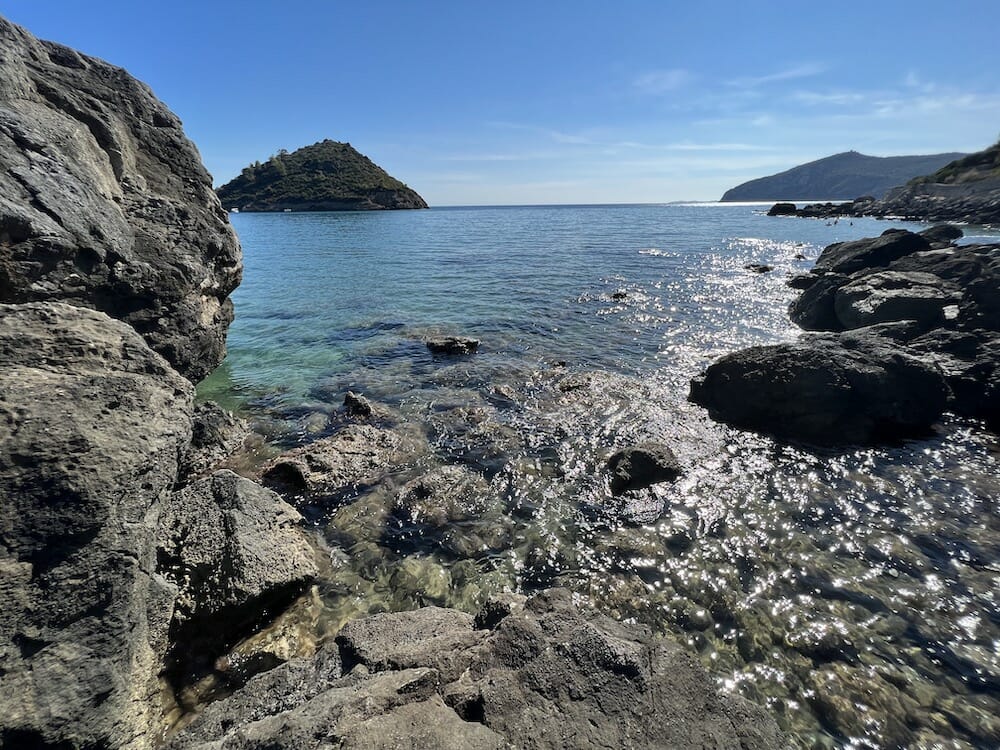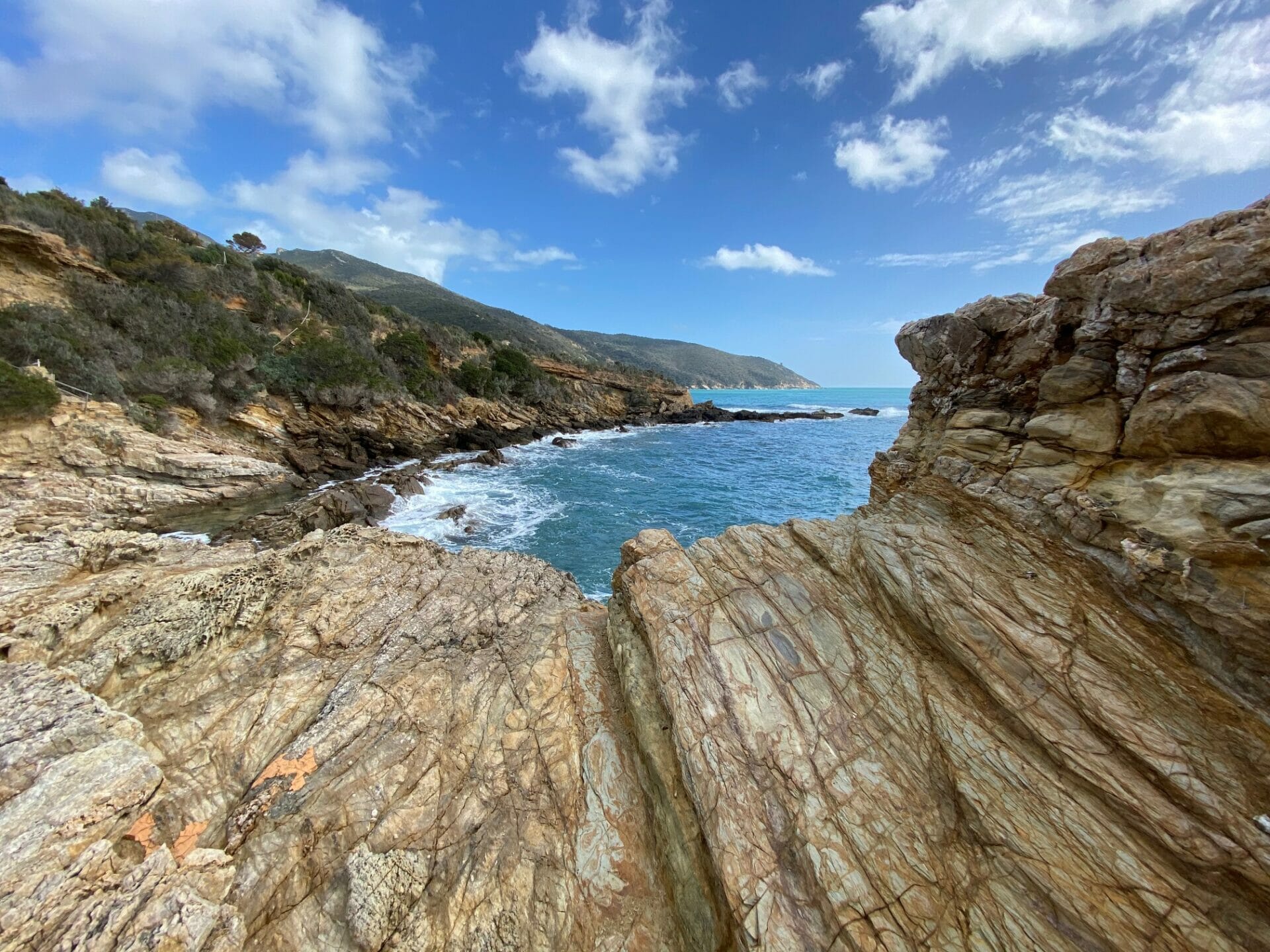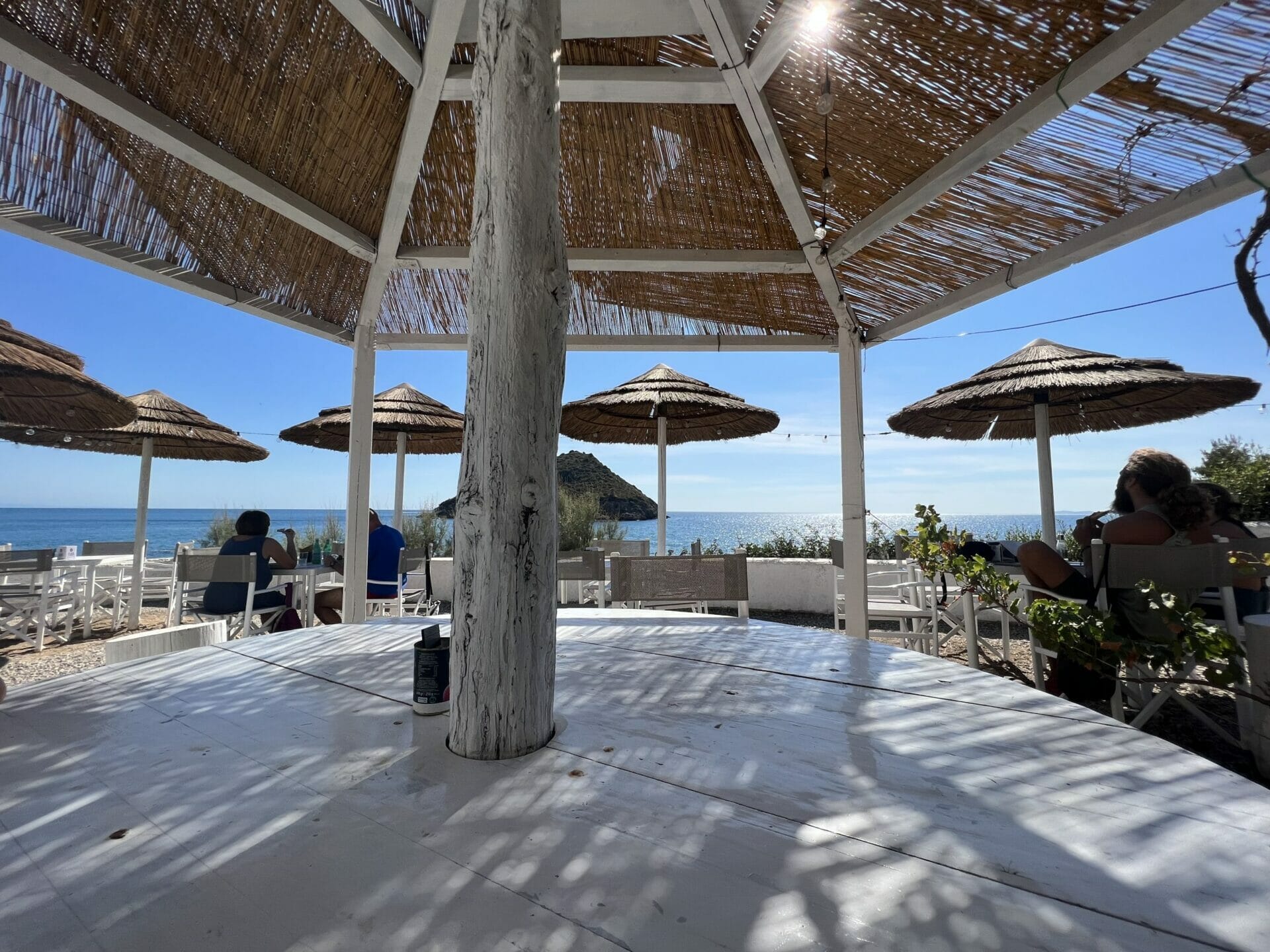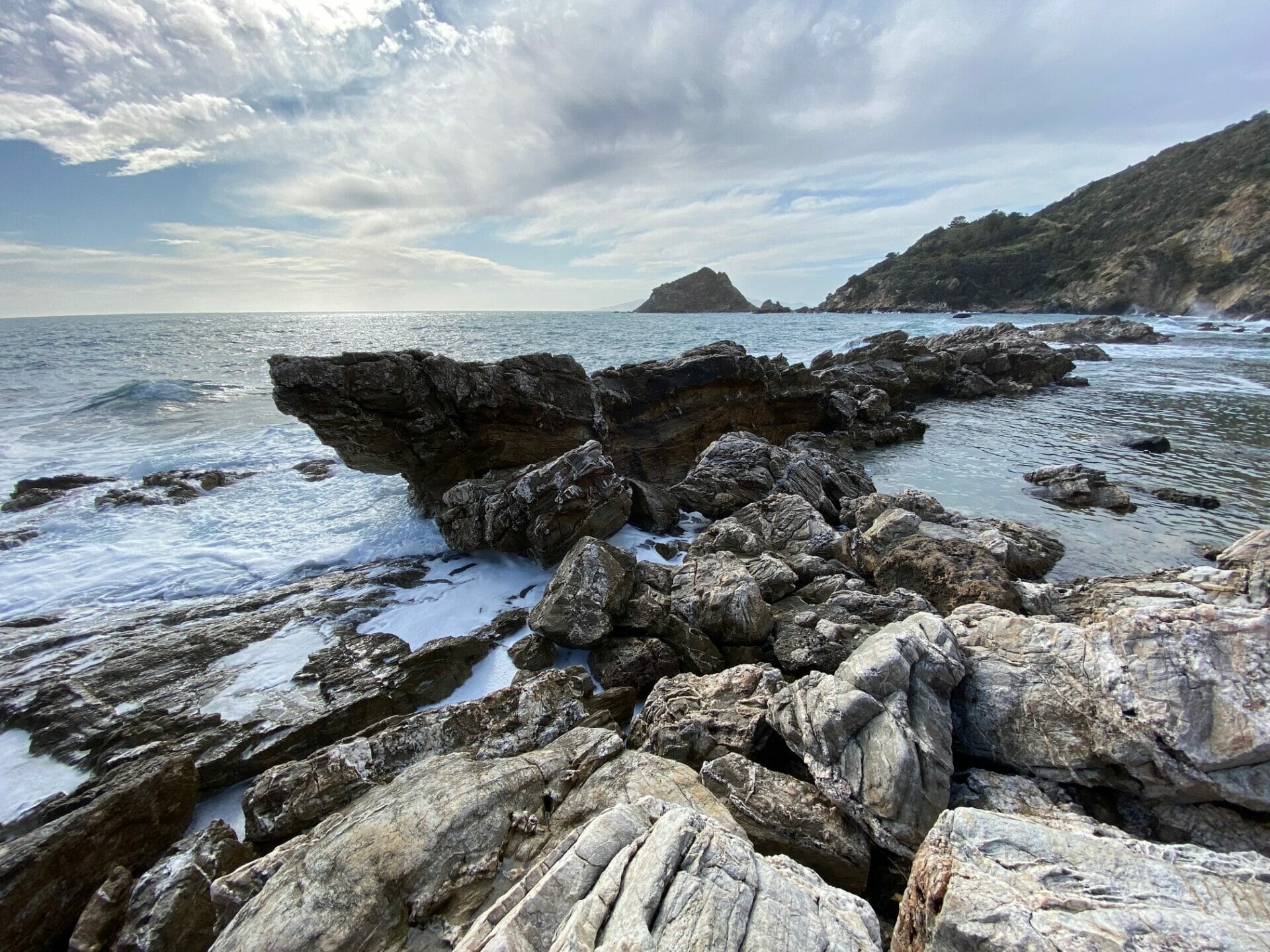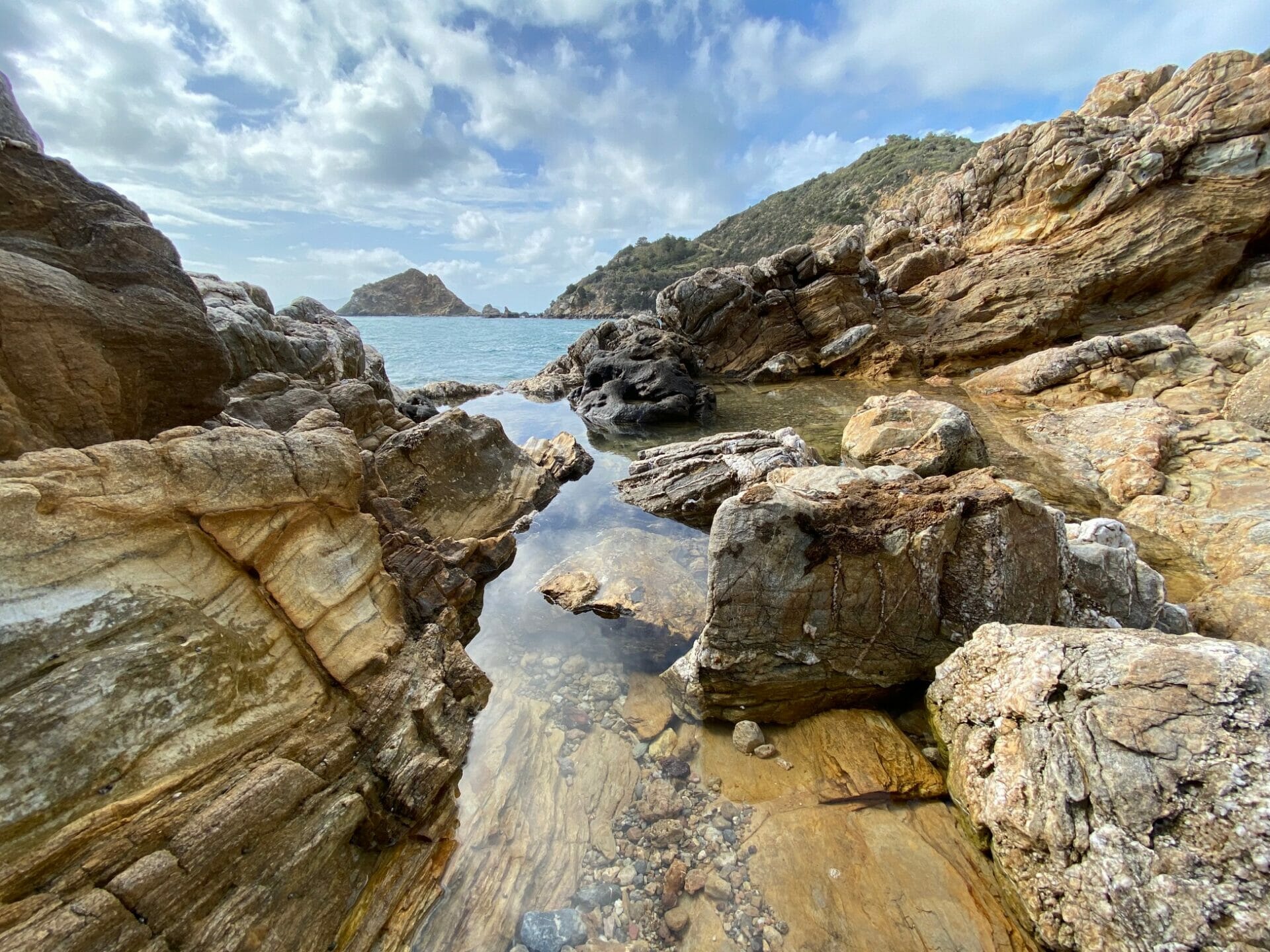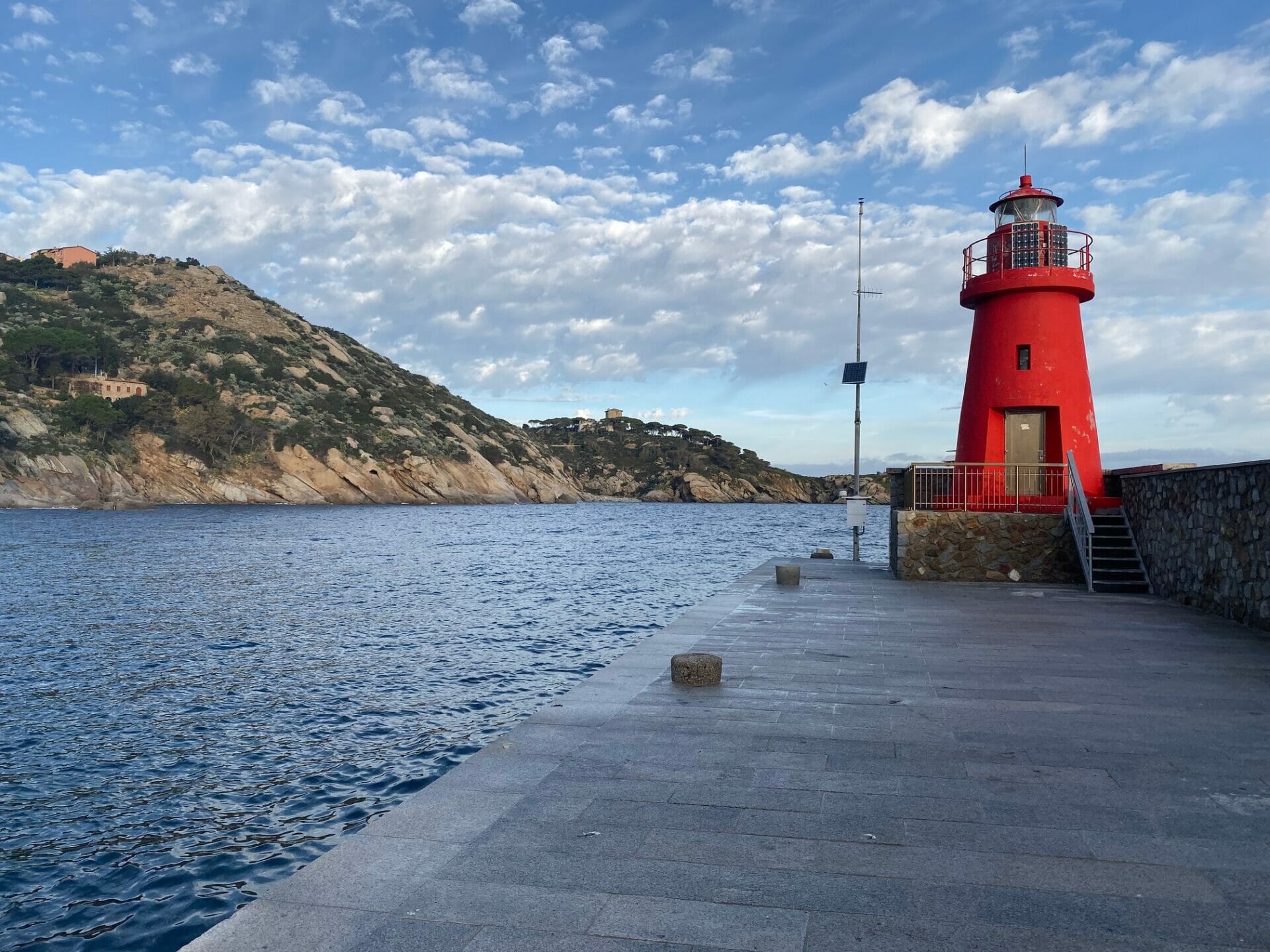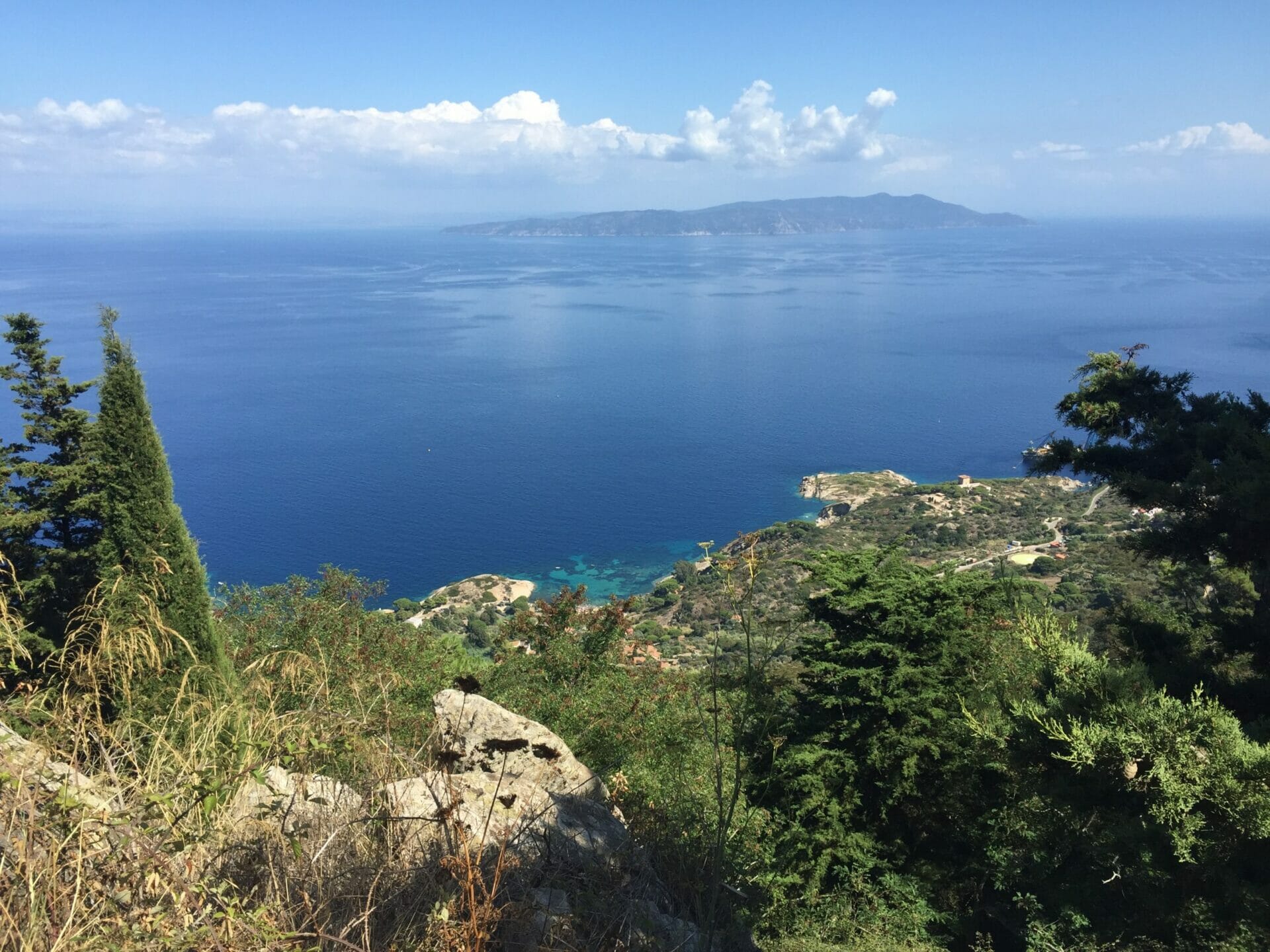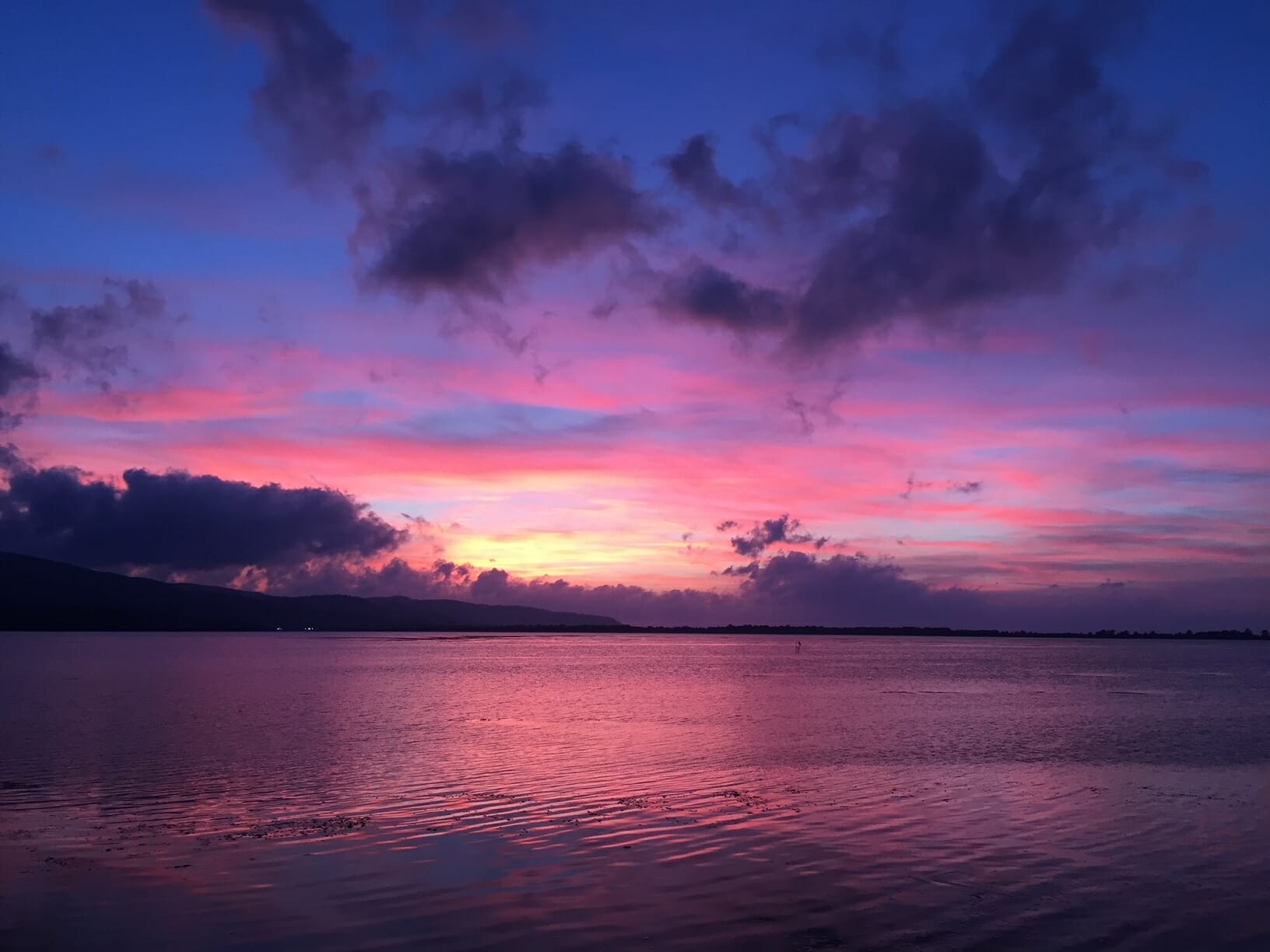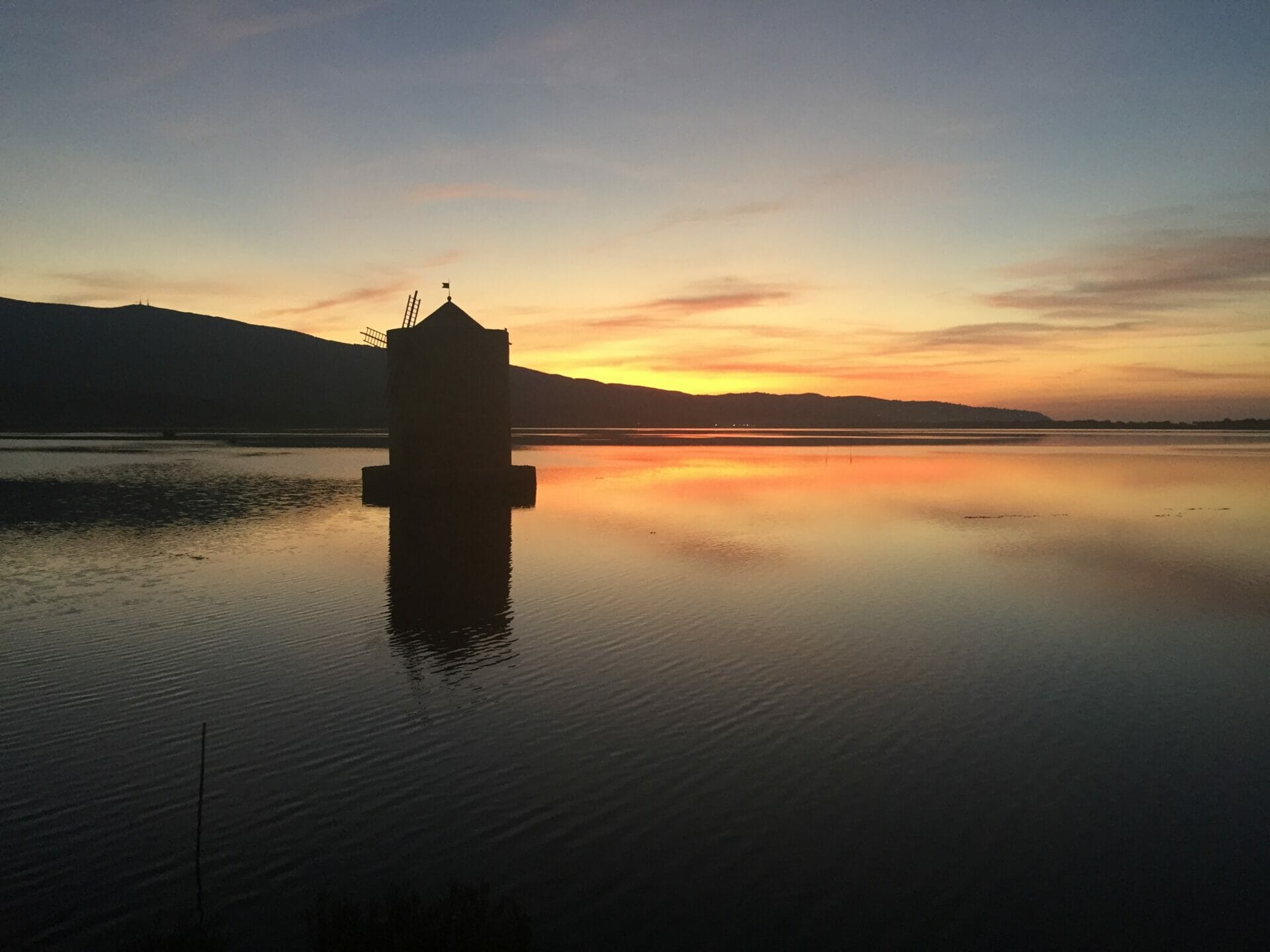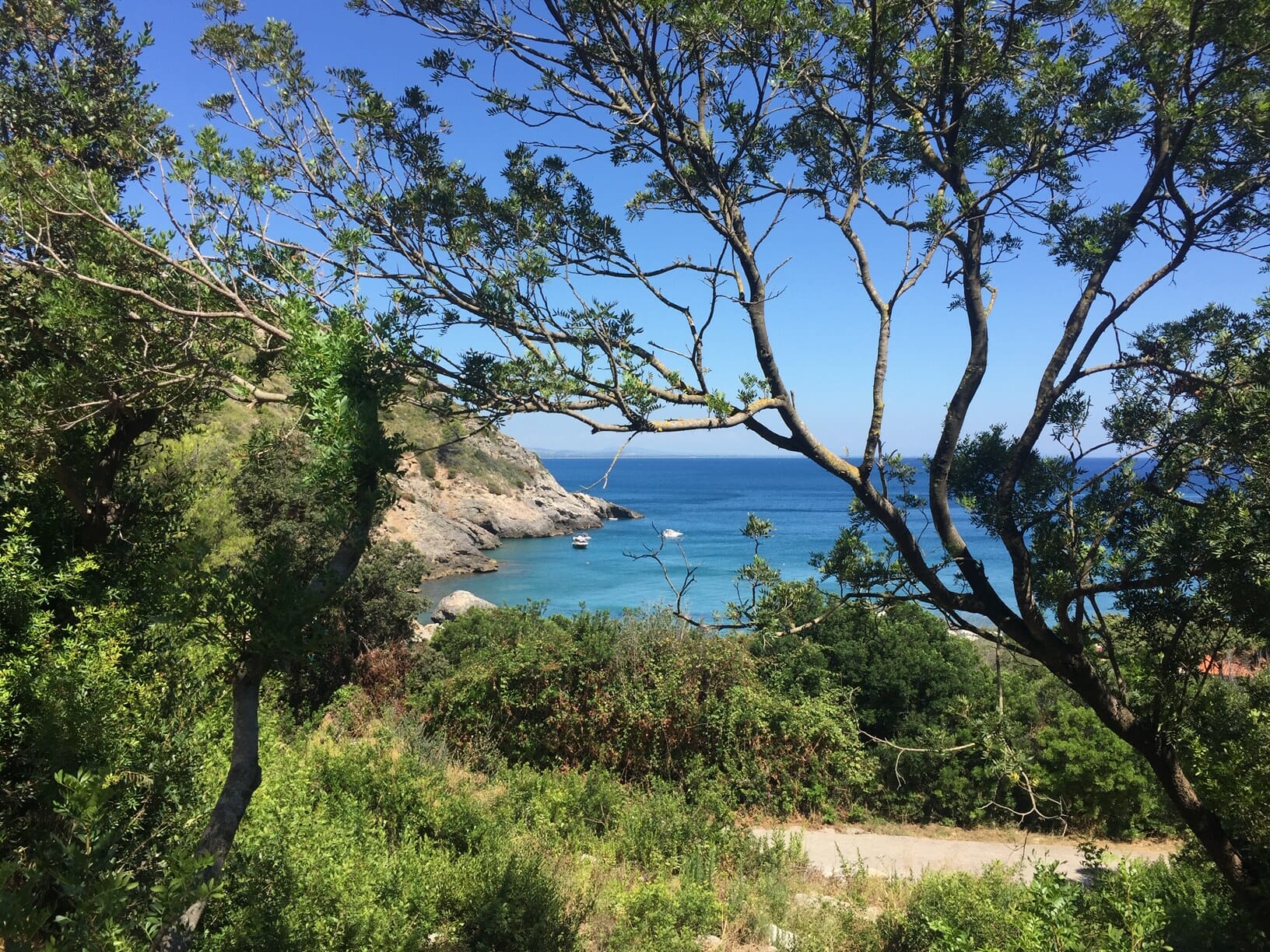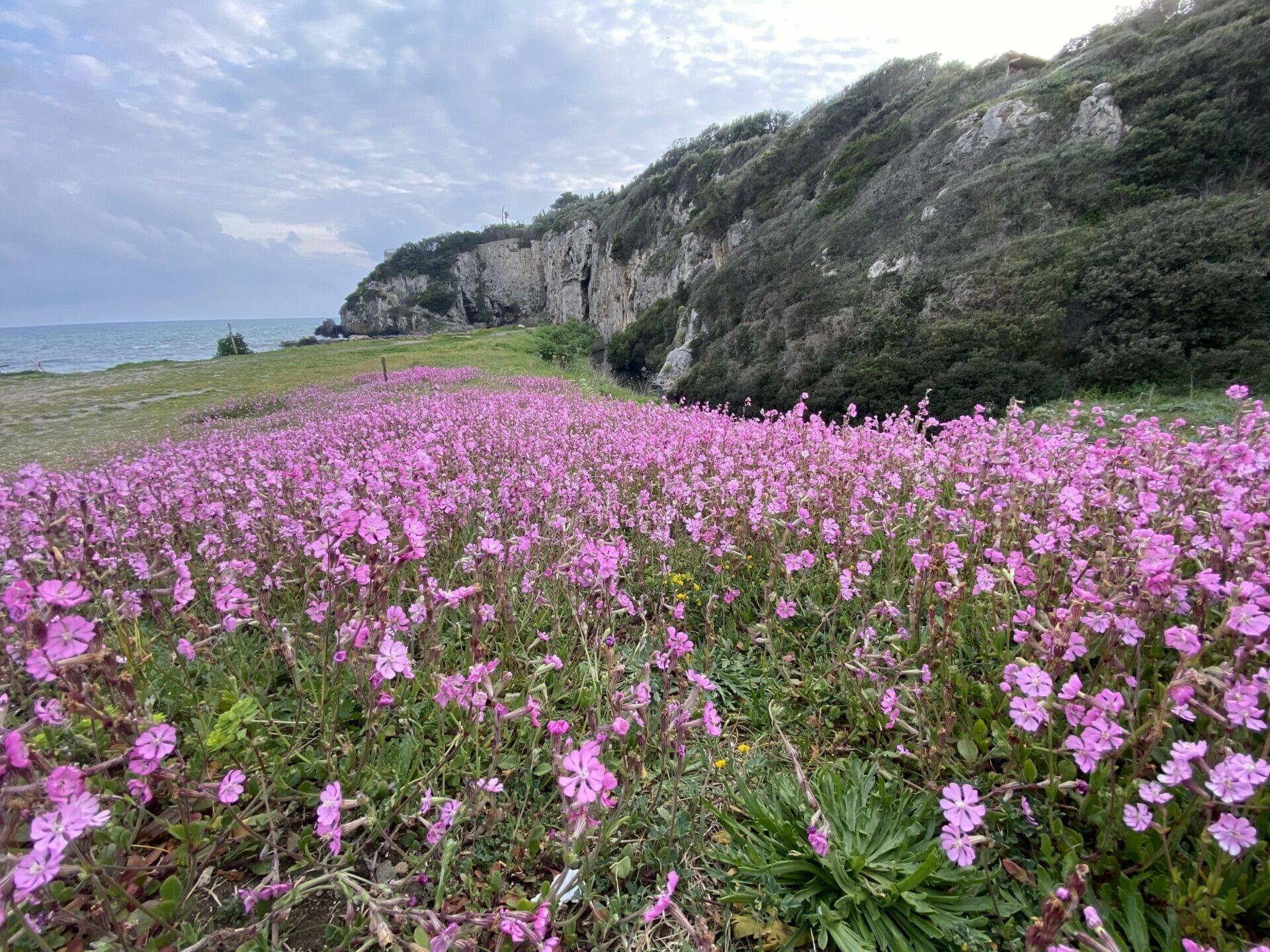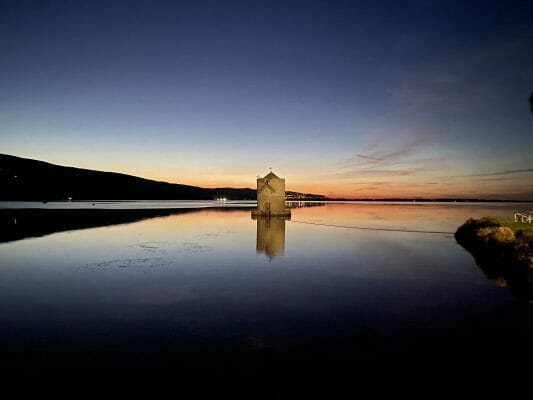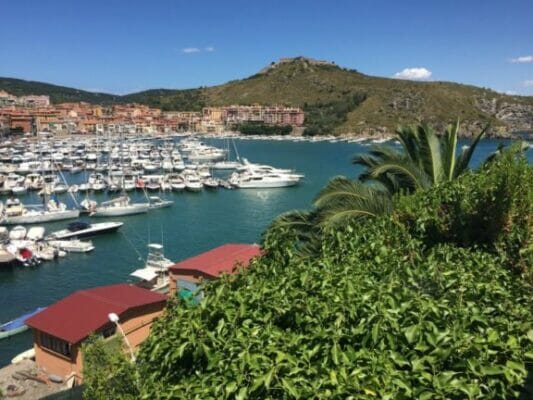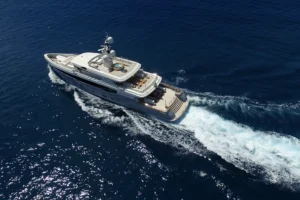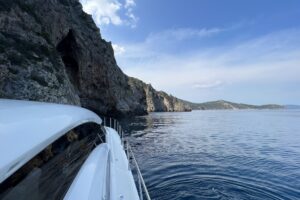Culture and history info
The Costa d'Argento, or the Silver Coast, is a region in Tuscany, Italy, known for its rich history, stunning landscapes, and vibrant culture. From the ancient Etruscans to the Romans and beyond, this area has been shaped by various civilizations over millennia.
The roots of the Costa d'Argento's history trace back to the Etruscan period, where it served as a vital maritime stopover along the routes connecting northern and southern Etruscan cities like Vulci and Tarquinia. Evidence of this ancient heritage can be found in the remnants of Etruscan settlements and artifacts scattered throughout the region. One notable example is the town wall encircling Orbetello, a relic from Etruscan times that still stands as a testament to the area's ancient past.
During the Roman era, the Costa d'Argento flourished as a hub of trade and commerce. The Città di Cosa, a Roman colony founded in 273 BCE on the hill of Ansedonia, stands as a remarkable archaeological site showcasing the architectural and cultural achievements of the Romans in the region. This ancient city, with its well-preserved ruins and historical monuments, provides valuable insights into Roman life and governance during antiquity.
In the 16th century, the Costa d'Argento experienced a period of Spanish domination, marked by the construction of fortresses and defensive structures to protect against maritime threats. Orbetello, in particular, became a strategic stronghold and the capital of the "Stato dei Presidi," a Spanish-controlled territory in the region. The Spanish fortresses of Forte Filippo, Forte Stella, and Fortezza Spagnola, along with the Rocca Aldobrandesca, serve as enduring symbols of this tumultuous period in the area's history.
In addition to its mainland attractions, the Costa d'Argento is also renowned for its picturesque islands of Giglio and Giannutri. Giglio, with its charming villages and rugged coastline, boasts a history dating back to ancient times. The island has been inhabited since prehistoric times and has served as a strategic outpost for various civilizations throughout history. Today, visitors to Giglio can explore its medieval villages, ancient ruins and pristine beaches, offering a glimpse into the island's storied past.
Giannutri, the smaller of the two islands, is known for its unspoiled natural beauty and secluded coves. Despite its diminutive size, Giannutri has a rich history dating back to Roman times when it was used as a retreat for the elite. Ruins of Roman villas and ancient maritime structures dot the island, attesting to its significance in antiquity.
Together, the Costa d'Argento and the islands of Giglio and Giannutri offer a fascinating journey through time, where ancient history meets modern-day charm amidst the breathtaking landscapes of coastal Tuscany.

